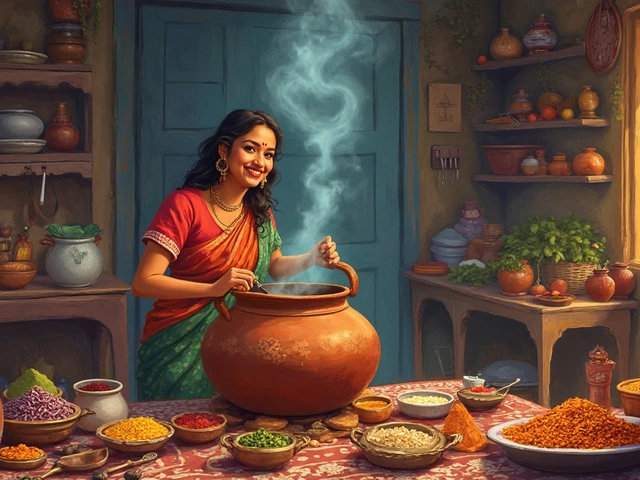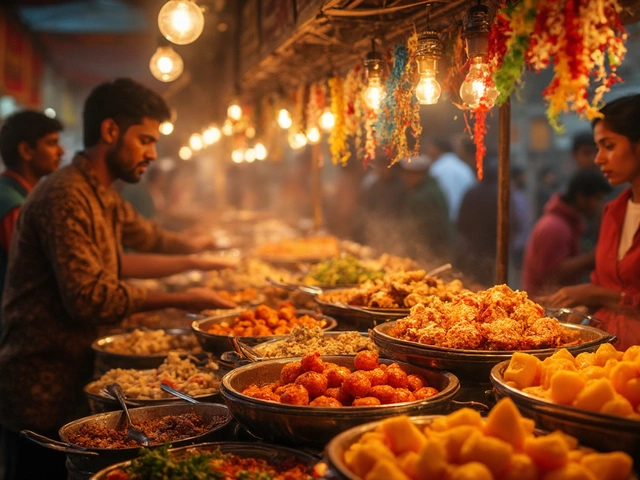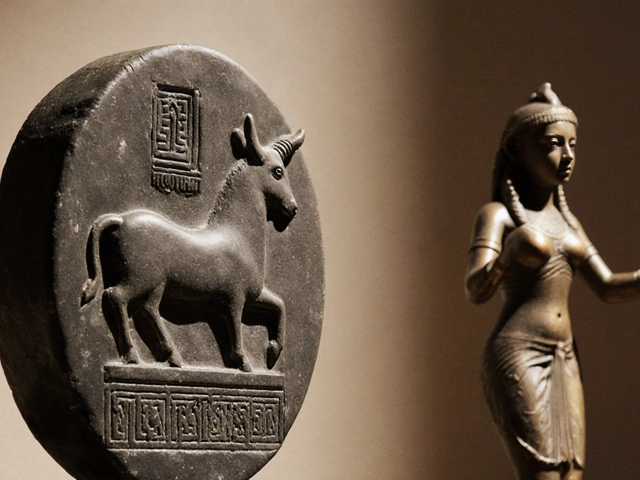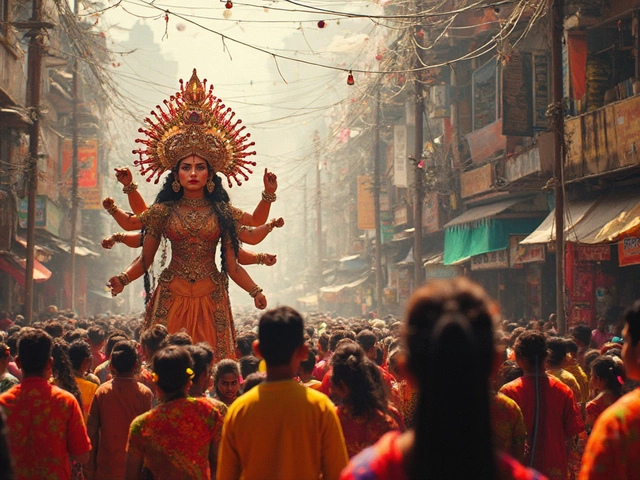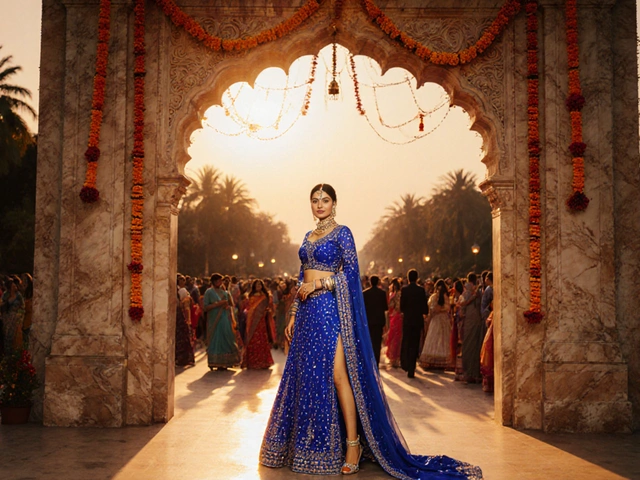Rajasthan Fabrics: Traditional Textiles, Patterns, and Cultural Roots
When you think of Rajasthan fabrics, handwoven textiles from India’s desert state, known for bold colors, intricate patterns, and artisanal techniques passed down for centuries. Also known as Rajasthani textiles, these fabrics aren’t just clothing—they’re wearable history. Every thread carries the rhythm of a loom in Jaipur, the sweat of a dyer in Jodhpur, and the prayers of a bride in Udaipur. These aren’t mass-produced goods. They’re made by hands that learned the craft from their grandparents, using methods unchanged for 500 years.
Rajasthan fabrics include Block printing, a centuries-old technique where carved wooden blocks stamp natural dyes onto cotton and silk, especially in places like Bagru and Sanganer. Then there’s Bandhani, a tie-dye art where tiny sections of fabric are tied with thread before dyeing, creating delicate dot patterns, mostly made in Jaipur and Jaisalmer. Women spend days tying knots by hand—each dot a small act of patience. And don’t forget Rajasthani embroidery, mirror work, chain stitch, and gold thread designs that turn dupattas and lehengas into living art. These aren’t decorations. They’re symbols of identity, status, and celebration.
These fabrics don’t live in museums. They’re worn at weddings, festivals like Teej and Gangaur, and daily life in villages where heat demands breathable cotton and color signals joy. A woman in Bikaner might wear a Bandhani odhni with a mirror-work chaniya choli, while a man in Jodhpur drapes a printed pagri that tells his village and caste. The colors? Deep reds from madder root, indigo from local plants, and yellows from turmeric—all natural, all safe, all fading slowly with time like memories.
What makes Rajasthan fabrics different from other Indian textiles? It’s the intensity. The patterns aren’t subtle. They’re loud, proud, and meant to be seen from afar. The dyes don’t wash out easily because they’re meant to last through monsoons and decades. And the makers? They still work under open skies, in courtyards where the wind carries the scent of dye and the sound of clacking looms.
You’ll find these fabrics in the posts below—stories of how they’re made, who makes them, why they matter, and how they’re still alive today. No fluff. No guesswork. Just real talk from people who live with these textiles every day.

